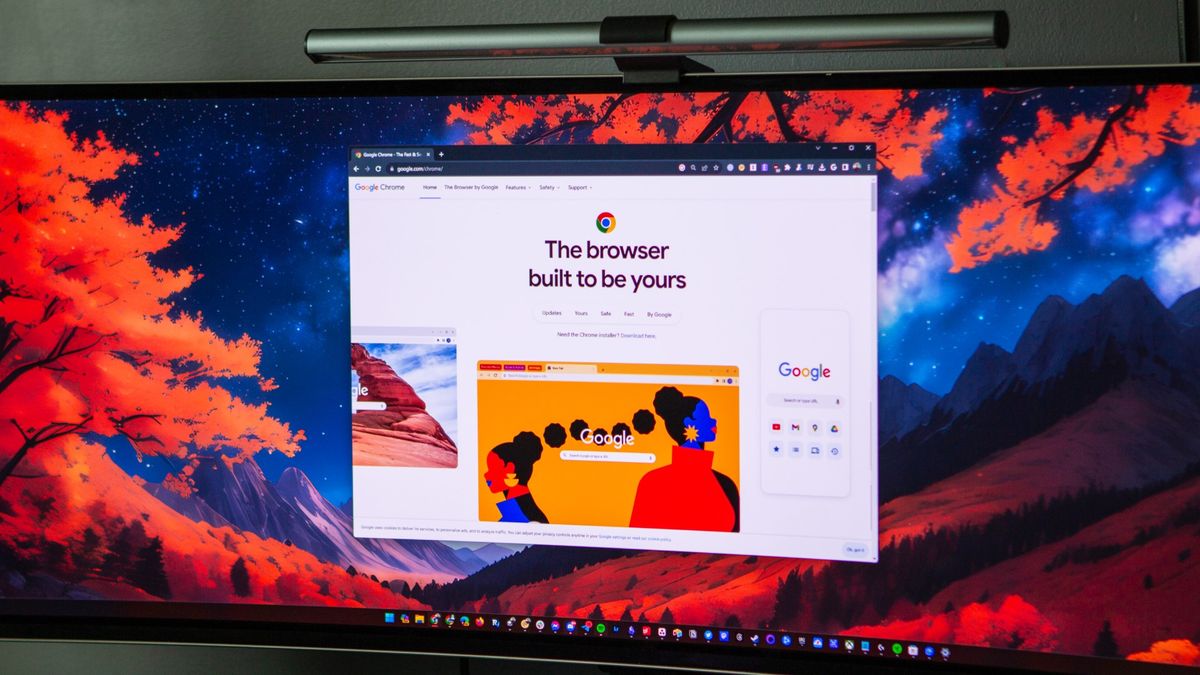Google’s campaign against ad blockers across its services just got more aggressive. According to a report by PC World, the company has made some alterations to its extension support on Google Chrome.
Google Chrome recently changed its extension support from the Manifest V2 framework to the new Manifest V3 framework. The browser policy changes will impact one of the most popular adblockers (arguably), uBlock Origin.
The transition to the Manifest V3 framework means extensions like uBlock Origin can’t use remotely hosted code. According to Google, it “presents security risks by allowing unreviewed code to be executed in extensions.” The new policy changes will only allow an extension to execute JavaScript as part of its package.
Over 30 million Google Chrome users use uBlock Origin, but the tool will be automatically disabled soon via an update. Google will let users enable the feature via the settings for a limited period before it’s completely scrapped. From this point, users will be forced to switch to another browser or choose another ad blocker.



Yeah, they can still tell that you’re Nat behind another router.
But they don’t like it because it gives them less access to your network and more possibility for something to be wrong
How would they do that? Maybe by looking at ports? You could just lie and say you only have one device.
The moment they see their ONT is registering only 1 device (the router) it’s clear everything is being routed via that.
I have never not had a router natted behind my modem. They can see the amount of packets and data I use over the ISP, but that’s about it. On top of that my LANs and VLANs are all VPNd through NordVPN before anything hits the WAN and all DNS traffic goes though my Adguard Home and Quad9 as well, so there’s that.
How do they know that it isn’t just a single device network?
They might be able to see if the data indicates the network has been though NAT (network address translation) twice, but that would look just like someone who has plugged their own wifi box into the modem
Highly unlikely when you have hundreds of gigs passing through daily.
But how would they prove that? I have high doubt. Also what benefit would it give them? It seems like a lot of work and uncertainty for little reward.
I can’t answer that. I guess you would need to be in their place to understand that backwards way of thinking.
Why do you trust NordVPN more than your ISP ? Is your ISP known to be especially bad ?
I trust any company that’s not in my country more than any local company. Or I should say, I distrust local companies more.
Probably just MAC address lookups, but also possibly something weird like “ttl “ stats
The MAC address would match the out bound interface of the router
And if you “device type” that…. You’ll see a router likely.
Yes.
And they would ask “why is there a router on your network”
At least try to understand what is being said to you, ok son?
I’m very sorry that your life feels so out of control that you need to lash out so quickly with condescension.
Did you want to talk? Or perhaps explain where you think I misunderstand?
Try to understand the comment you replied to, lazy ass.
I’ve never had an isp complain about me using my own router in the US, is this just common in other countries or have I just been lucky?
It’s a rarity afaik, I’ve only heard of one or two cases, but a concerning report to me personally.
Though I’m Canadian so it’ll be a few years before it filters here (assuming it catches on)
Don’t NAT. Just bump in the wire firewall plus local DNS server.
There’s always NAT. You get one IP address, your router/wifi shares the network using NAT
But ISPs aren’t looking for NAT, since everyone with wifi is using it